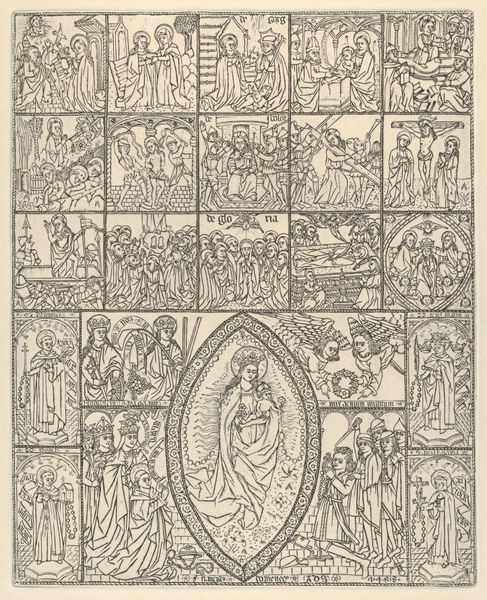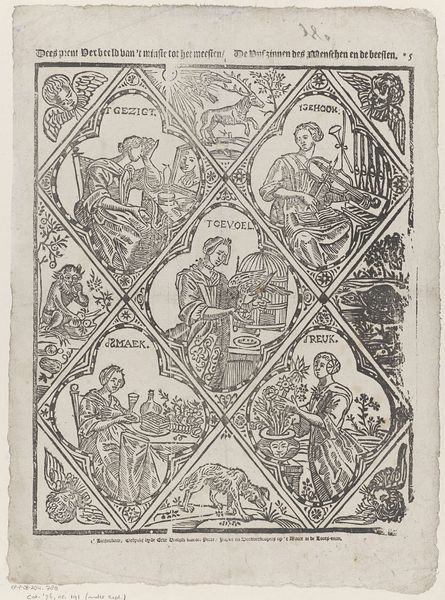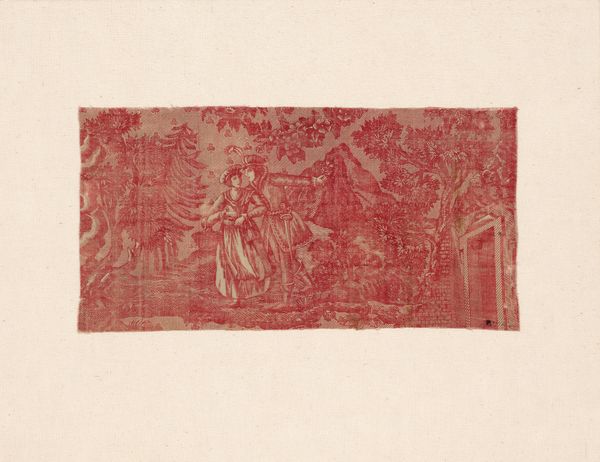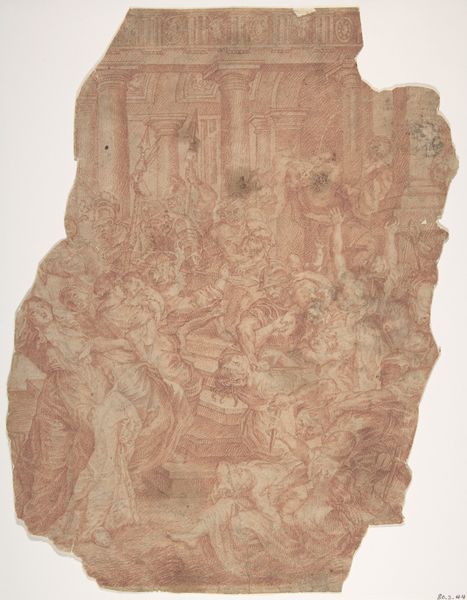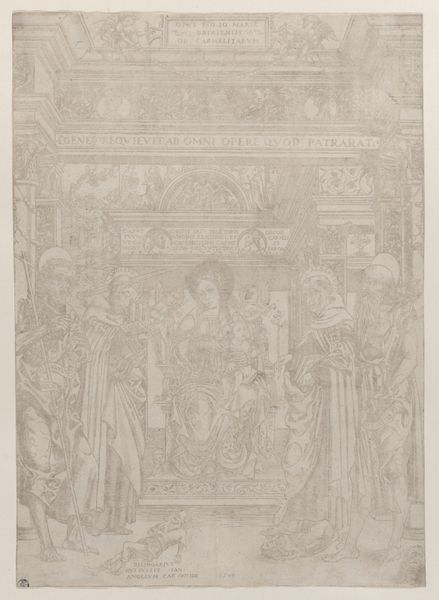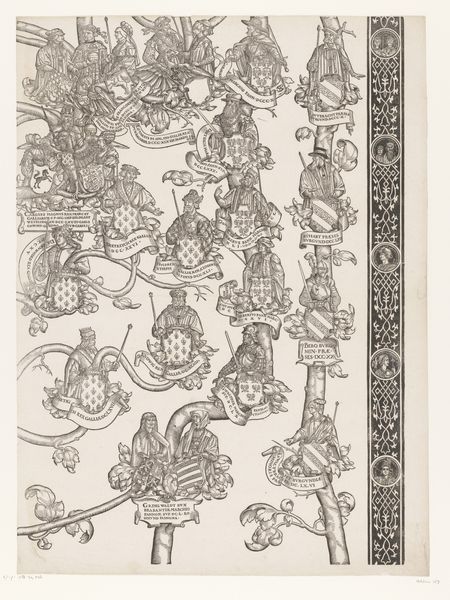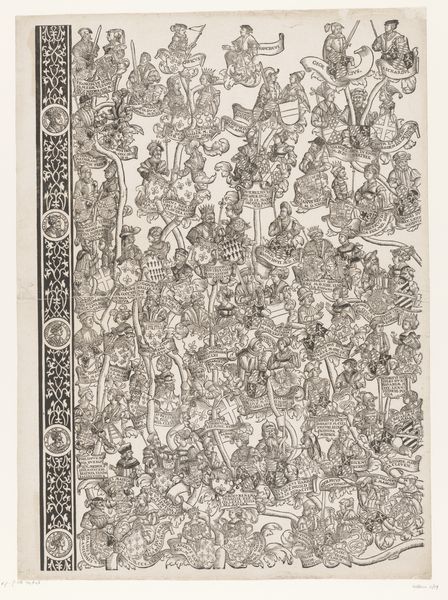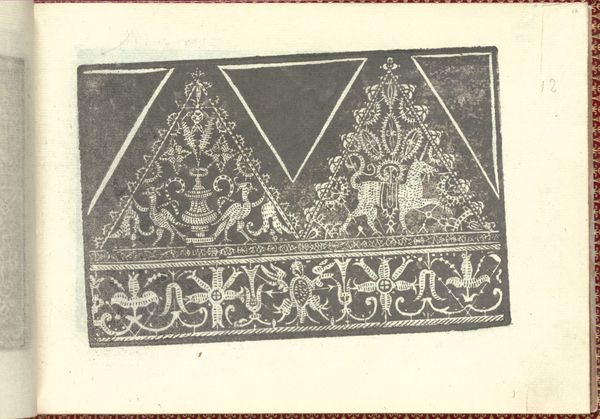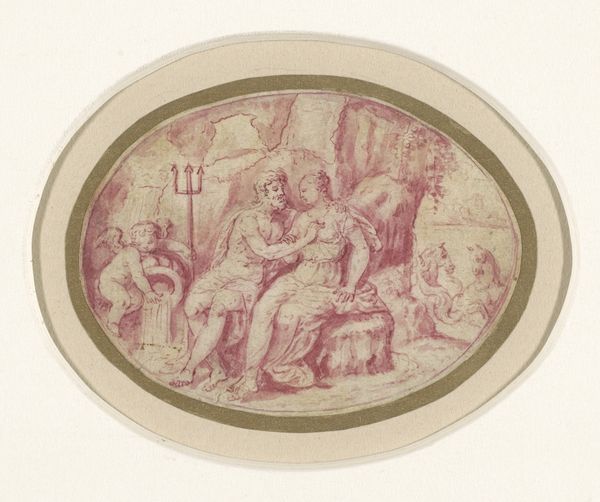
print, textile
textile
Dimensions: 234 × 77.8 cm (92 1/8 × 30 5/8 in.) Warp repeat: 66.7 cm (26 1/4 in.)
Copyright: Public Domain
Editor: This is "Furnishing Fabric" from around 1827 to 1840 by Philippe Wyngaert. It’s a printed textile, with weaving incorporated, currently at the Art Institute of Chicago. The repeating scenes give it an almost storybook quality, though a bit faded. What stands out to you? Curator: The repeating scenes aren't accidental, they indicate the increasing industrialization of textile production. Think about the rise of the bourgeoisie during this period. Suddenly, more people could afford to decorate their homes with textiles depicting historical scenes or romanticized versions of genre painting. How do you think that shaped their view of history itself? Editor: That’s a good question. I guess it made it more accessible, more…domesticated even? It’s a far cry from history as grand narrative. Curator: Exactly. The politics of imagery are very present, even in something as seemingly innocuous as furnishing fabric. These patterns were carefully chosen. They shaped the domestic sphere, reflecting and reinforcing certain values and ideals within the emerging middle class. This textile performs history rather than simply illustrating it, doesn't it? Editor: It really does. I never thought about furnishing as a way of performing history before. So, the choice to represent specific historical or genre scenes was almost a form of social statement? Curator: Precisely! This fabric isn't just decorative; it’s actively participating in a cultural dialogue. What seemed at first like a faded storybook is really a reflection of broader social and political currents made intimate. Editor: Wow, that changes how I see it completely. Thanks!
Comments
No comments
Be the first to comment and join the conversation on the ultimate creative platform.


